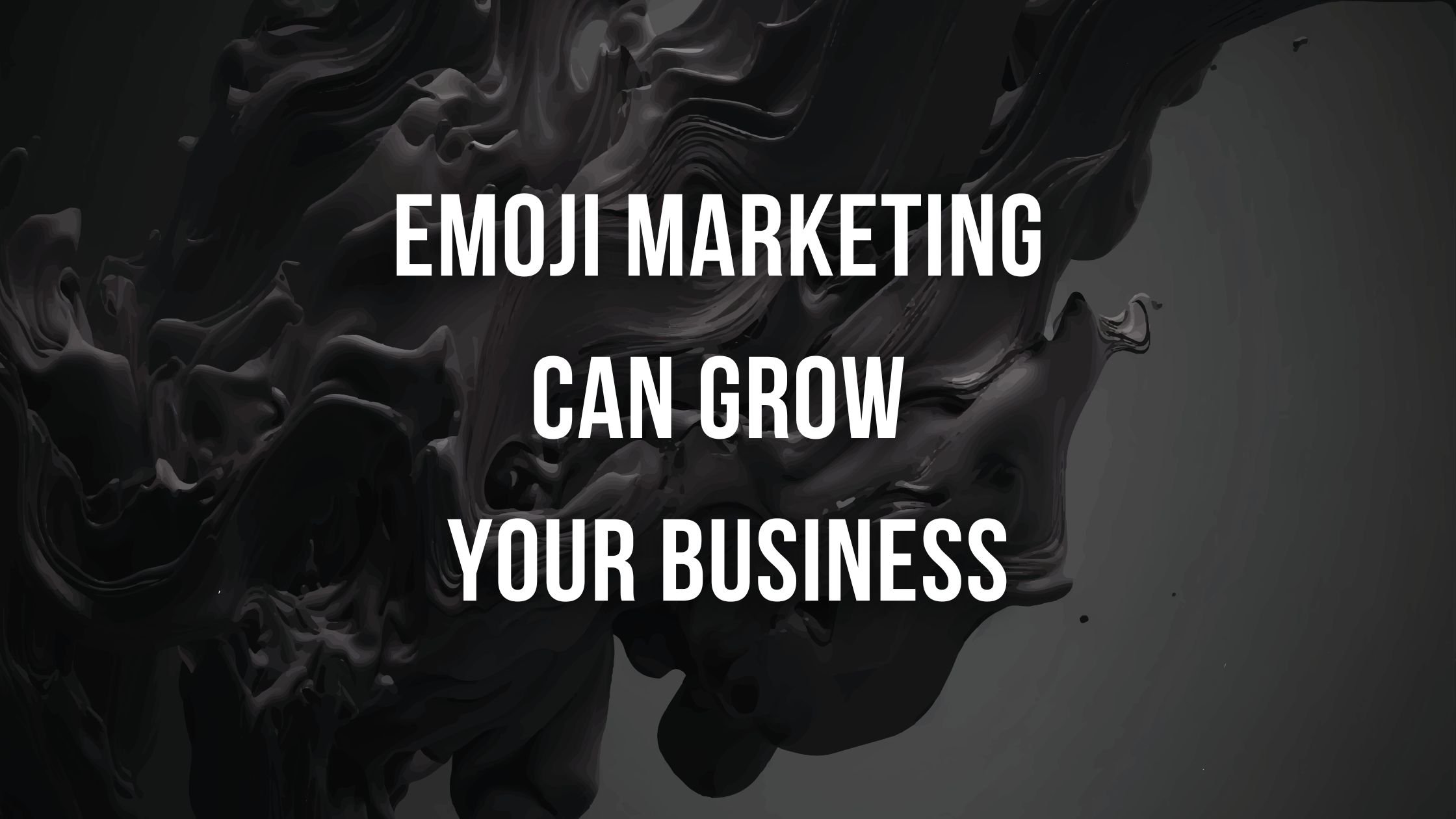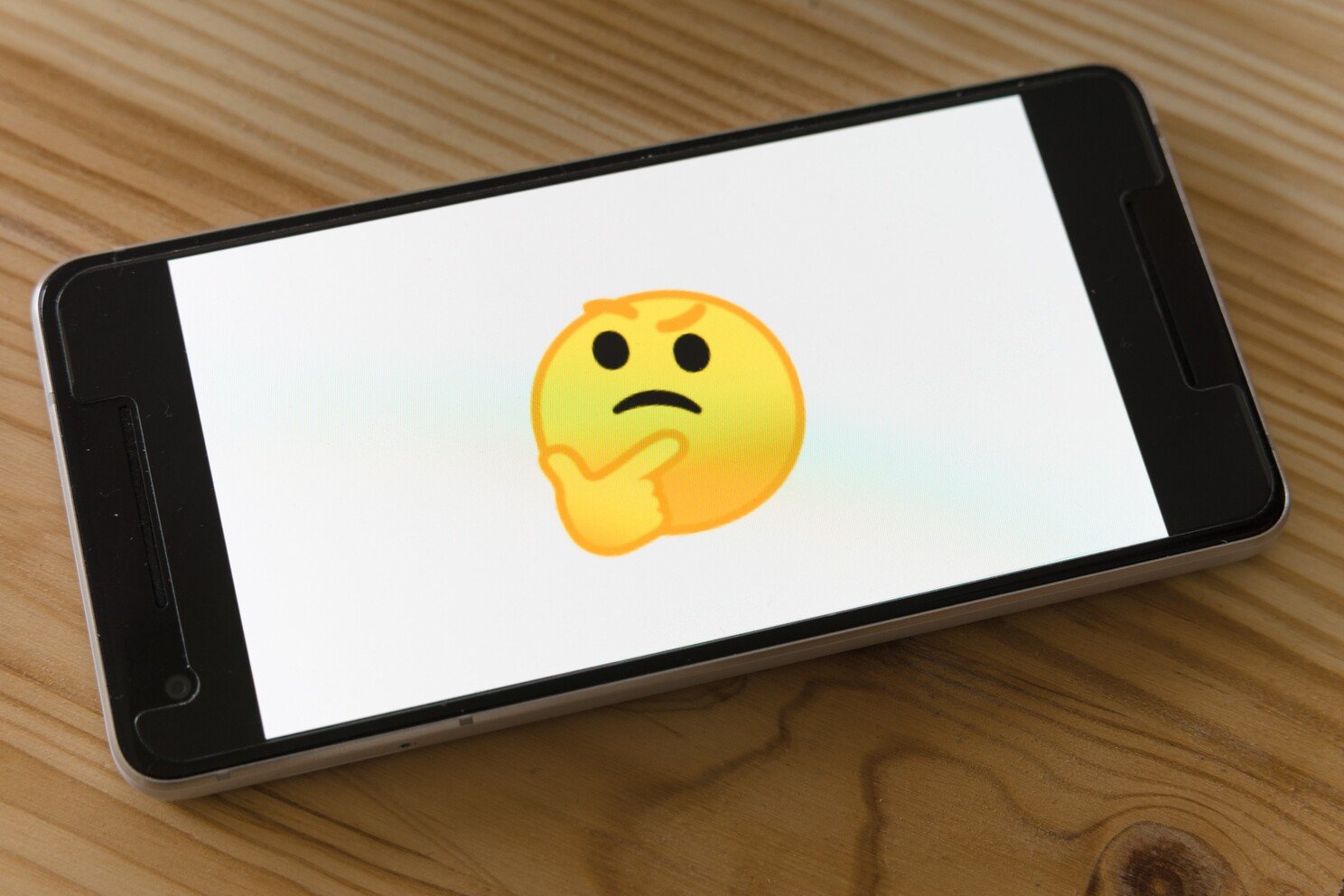How Memorable Emoji Marketing Can Grow Your Business
Today, there are about 3,800 emojis you can choose from. That's one for almost every feeling and situation.
Marketers disagree about how emojis should be used in marketing.
They often appear in social media campaigns. Yet, some marketers oppose using them in marketing copy, deeming emojis too informal.
At the same time, emoji usage is acceptable for many marketers as long as they're not overused.
Incorporating Emojis in Marketing
Emojis are helpful, but we can't pretend they fit into every marketing effort because they don't.
In the Case of SMS Marketing Messages
People are used to seeing emojis in text messages. About 60% of consumers believe SMS messaging is the most efficient type of communication.
Despite this, there isn't much flair you can include in an SMS message. There is no headline, and images may not even be visible to others who aren't connected to their home or workplace Wi-Fi.
You can make your SMS message memorable by including one or two emojis. If your reader only has a few moments to read the content, it also defines the main point of the message.
To Grab Attention in the Subject Line
As a marketer, creating compelling email subject lines takes skill. Do you use an intriguing approach—a question that will make the reader want to click open the email to learn more?
If your email subject lines are bland, try including emojis in your headers. Even if an emoji doesn't look the same on all devices, it will appear on both computers and mobile.
A subject line including an emoji is likely to catch your readers' attention when their inbox is full of text-only subject lines.
For Social Media Marketing
When your target audience is on social media, a professional-style approach may not work.
The next time you post something for your business, you might try to let your metaphorical hair down and include an emoji. It's especially true if there isn't a link to compete for the user's attention.
To Boost the Credibility of Your Message
Emojis might be the last tool to consider using if you want to write a message people will find credible.
However, a 2020 paper by the American Psychological Association states the opposite. More than 200 university students participated in the study by reading a selection of tweets from X.
The results were intriguing. The researchers claim emojis make messages simpler to grasp. Also, emoji-filled texts are considered more convincing.
If you want to convey a believable marketing message, consider emojis. Maybe it's the accompanying emoji that drives home an emotion.
When Trying to Connect Emotionally with Your Audience
In another study from POS ONE, functional MRI brain scans found that employing words and emojis could trigger memory retrieval, emotion identification, and word processing.
Using emojis may give you a deeper and more personalized connection with different audience segments.
When NOT to Incorporate Emojis in Marketing
Emojis tend to be well-liked, but that doesn't mean you should use them in every marketing effort.
There are certain situations where it's best to refrain from using emoticons.
When Millennials Aren't Your Audience
Emojis were not commonplace when older generations were young. People in their 30s have grown up with the advent and development of emojis in digital communication.
But it's difficult for some older individuals to appreciate the concept. Many people who did not own a smartphone when they began their jobs or got married are exposed to emoji marketing, though they might not like it.
Emojis may not connect with audiences in their 50s and above.
They might not use emojis themselves, or if they do, they prefer to keep them for private chats.
If the Intent Is Not Clear to Everyone
Access to 3,800 emojis allows us to express ourselves in quite subtle ways.
Consider the smiley face, for example. We now have emojis with wide grins or sly smiles in addition to the standard smiley face icon.
It's amazing how many emotions we can depict. It's amazing how many emotions we can depict. We can even do mash-ups.
But the more emojis we use, the more confusing their interpretations can become.
You might intend for an emoji to imply something, but it could mean something completely different to someone else.
Your message can become disconnected as a result. Your audience will wonder why you chose a particular emoji rather than the substance of your message.
Guidelines for Effective Emoji Marketing
Finally, here are some suggestions for including better emoji usage in your marketing initiatives.
Don't Overuse Emojis
Emojis are a potent tool for grabbing attention, expressing feelings, and strengthening the credibility of your brand statement.
However, like every marketing strategy, it loses effectiveness if used excessively.
Emojis in email headers become noise to your readers if they aren't accustomed to seeing them.
Use emojis sparingly, so they have a purpose and are effective.
Avoid Using Negative Emojis
Emojis are an easy way to convey sarcasm in brand communication without actually saying anything, which seems secure.
But you don't want your messaging to evoke unfavorable feelings.
Therefore, it's prudent to avoid using emojis that could be interpreted as negative. Like emojis that mock or are negative, anything violent, and any emojis related to mortality, such as the skull or grave emoji.
If you're trying to invoke the fear of missing something, a crying emoji may be effective. Otherwise, stay away from emojis that appear sad.
Also, avoid emojis addressing sexual or religious themes.
Don’t Send Too Many Emojis in a Single Message
There's no need to include an emoji in every paragraph while composing an email or a lengthy social media post.
Moreover, avoid using more than five or six emojis in a row because their meaning becomes obscured.
When trying to make marketing funny, it's easy to get carried away. Keep in mind that too much of anything isn't good.
Final Thoughts
Research shows emojis effectively establish an emotional connection, giving messages more legitimacy. So there is no reason to avoid emojis because they have become more common in marketing.
The best course of action is to be cautious and use them sparingly. In this way, anytime you use emojis, you can count on them being effective.
FAQs
Q: Should I use emojis in all my marketing campaigns?
A: No, you should be strategic about when and where you use emojis in marketing. They can be effective for grabbing attention and connecting emotionally with certain audiences, especially younger demographics. But emojis may not resonate as well with older audiences. Use discretion based on your target market.
Q: What are some best practices for using emojis in marketing?
A: Use emojis sparingly, avoid overusing them, and don't use more than 5–6 per message. Stick to positive or neutral emojis and avoid ones with negative, violent, sexual, or religious connotations. Be cognizant that emojis may be open to interpretation.
Q: In what marketing channels are emojis most effective?
A: Emojis tend to work best in social media marketing, SMS/text message marketing, email subject lines, and when trying to boost credibility or connect emotionally. They are less effective in formal marketing copy.
Q: Should I use an emoji in every email subject line?
A: No, emojis can help grab attention but should be used selectively in email subject lines. Too much emoji usage will dilute their effect. Use sparingly for the biggest impact.
Q: Can emojis backfire in marketing messages?
A: Yes, emojis can backfire if overused, misinterpreted, or used with the wrong audience. For example, older demographics may find emoji usage in marketing unprofessional. Relying too much on emojis can make your messaging seem less serious.
Q: What types of emojis should be avoided in marketing?
A: Avoid using negative, mocking, violent, sexual, religious, or mortality-related emojis. These could evoke unfavorable reactions from your audience. Stick to positive or neutral emojis to be safe.



